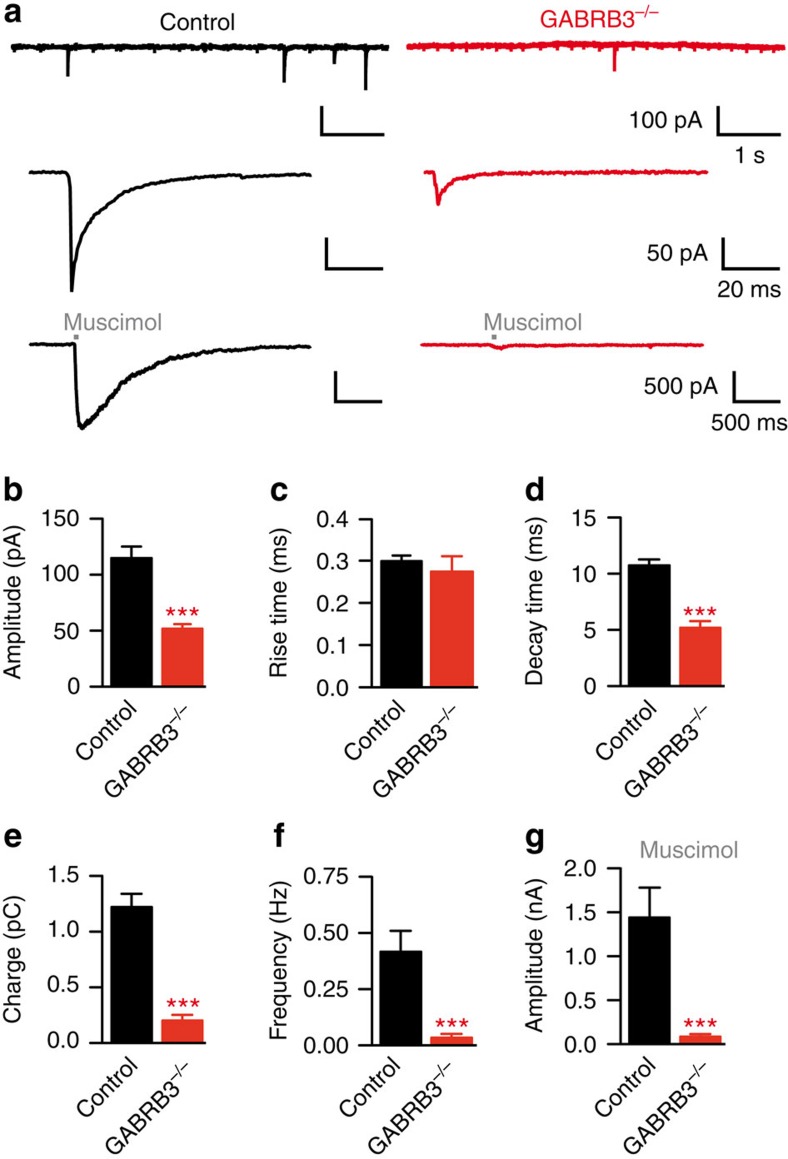Figure 5. GABRB3 deletion in GCs reduces GABAA-receptor-mediated currents.
(a) Representative recordings of spontaneous activity in control (upper panel, black) versus GABRB3−/− (upper panel, red) GCs in the presence of 50 μm APV, 10 μm CNQX and 1 μm TTX. Central panels: average mIPSC from 58 (control) and 3 (GABRB3−/−) events recorded in a 2-min session. Lower panels: local application of 100-μm muscimol for 50 ms. Representative examples taken from 8 recordings in control (black) and 14 recordings in knockout cells (red). (b) mIPSC amplitudes in control and knockout cells (control 115±10 pA, n=14; GABRB3−/−: 51±3 pA, n=6; t-test; ***P<0.001; mean±s.e.m.). Six out of twelve GABRB3−/− cells had at least one event. (c) mIPSC rise time (control: 0.3±0.02 ms, n=14; GABRB3−/−: 0.27±0.05 ms, n=6; mean±s.e.m.). (d) mIPSC decay time constant (control: 10.8±0.5 ms, n=14; GABRB3−/−: 5.2±0.6 ms, n=6; t-test; ***P<0.001; mean±s.e.m.). (e) mIPSC charge (control: 1.2±0.12 pC, n=14; GABRB3−/−: 0.2±0.05 pC, n=6; t-test; ***P<0.001; mean±s.e.m.). (f) mIPSC frequency (control: 0.4±0.09 Hz, n=14; GABRB3−/−: 0.035±0.02 Hz, n=12; t-test; ***P<0.001; mean±s.e.m.). (g) IPSC amplitude on local application of 100 μM muscimol (control: 1.4±0.4 nA, n=8; GABRB3−/−: 0.08±0.03 nA, n=14; t-test; ***P<0.001; mean±s.e.m.).

